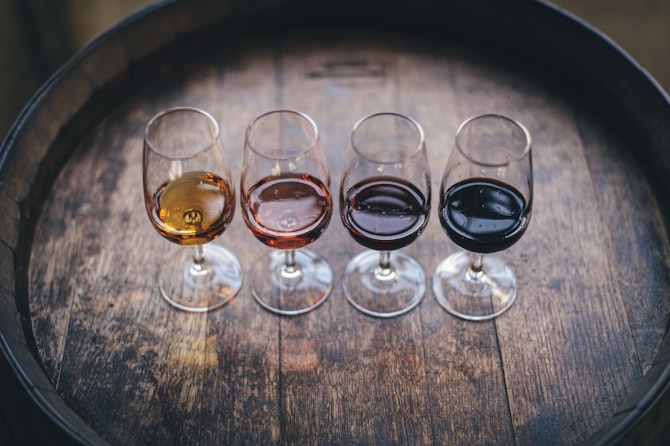Since a year back, Johan Andersson is responsible for the wine list at Sweden’s arguably best restaurant, the two starred Mathias Dahlgren in Stockholm. Slowly but surely he has tuned the wine-list to match the natural, clean flavors of Dahlgren’s new nordic kitchen. After an awakened curiosity five years ago, Andersson is a big fan of more natural wines, and though there are plenty of classic big wines in the Grand Hotel cellars, the wines to match the restaurant tasting menu are all of the minimally manipulated variety. “Not every wine on the list has to be 100 percent unsulfured - I won’t make any compromises on quality,” explains Andersson but it is still clear where his tastes lie. “It’s even gotten to the point where I have a hard time drinking conventional, manipulated wines,” he smiles and adds, “Plus, I simply don’t get a headache from the natural ones!”
Andersson thinks the future for fine wine lies in the natural wine movement - genuine flavors reflecting the terroir. “There is a sharp learning curve in natural winemaking, just like there was in the organic wine movement.” Not every well-made wine that is made in a more “natural” manner is presented as such, and not every wine which is natural is well made. “The more natural wines I try, the more interesting they become,” says Andersson who finds it unfortunate that so many wine experts or amateurs judge the category on a handful of extreme examples. “You have to try many first, then you can form your opinion,” he says while realizing that setting a “natural” wine list places a lot of responsibility on the sommelier and the staff. His team, however, is convinced and backs what they are doing both when it comes to the flavors and quality as well as the philosophies behind the natural wine choices.
While talking, we flip though the iPad wine list and sip some orange wine. The wine is a 2007 Ponka by Azienda Agricola Paraschos in Collio, Italy which is currently served with smoked thick bacon, cabbage and a consomme. Though generally a bit hesitant on the subject of orange wines, this one blows my mind. With a full, intoxicating scent, good structure and a touch of botrytis on the fruit, this is an exhilarating wine for food matching.
“With the more unusual wines on the tasting menu, such as orange, cloudy or strangely scented wines we have to encourage the guests to try the wines with an open mind and test them with the food. They tend to be positively surprised - we couldn’t do what we do if the guests didn’t like it!” More than one guest has wanted to buy the bottles after dinner, but these wines can’t be found at the Swedish monopoly Systembolaget. “It’s a big problem that Systembolaget is so restrictive on bringing in wines in small quantities. The selection process is boring and difficult, and it is not possible to see which wines are made more naturally,” sighs Andersson. Hopefully, under the guiding light of Scandinavia’s star sommeliers, the trend will become too interesting for our singular retail outlet to ignore.
After talking for an hour about the admittedly exciting wine selection, another taster on the list lands in our glass, this time on the grape côt (also known as Malbec). “The Cheville de Fer 2010 from Touraine is admittedly the most ‘natural’ in style and the most difficult wine on the tasting menu,” explains Andersson who considers it the ideal wine matching in combination with wild duck and grilled bell peppers. On its own, however... this one is a bit rough. A definitive smell of baby diapers. Well, you can’t win them all...
Av: Erica Landin











